When it comes to the Italian Baroque period, names like Caravaggio and Bernini often come to mind. However, there's another artist who deserves our attention – Giovanni Francesco Barbieri, better known as Guercino.
Born in 1591 in Cento, Italy, Guercino's artistic journey is a testament to his brilliance.
Early Life and Training
Guercino's artistic journey began in his hometown, where he trained with local painters. His early works showcased a distinctive style, blending the dramatic lighting of Caravaggio with the emotional intensity of the Bolognese school.
As a young artist, he was fascinated by the play of light and shadow, often experimenting with chiaroscuro techniques that would become a hallmark of his style.
Guercino's big break came when he was commissioned to paint The Burial of St. Petronilla (1623) for the Vatican.
This masterpiece showcased his ability to balance dramatic lighting with tender emotion, cementing his reputation as a leading figure in the Baroque movement. As his fame grew, so did his clientele, with patrons from across Italy and Europe seeking his work.
Guercino's Unique Style
So, what sets Guercino apart from his contemporaries? For starters, his use of light is unparalleled. Guercino's paintings often feature dramatic, golden lighting that seems to emanate from within the scene itself. This creates a sense of warmth and intimacy, drawing the viewer into the world of the painting. Take, for example, his stunning "Et in Arcadia Ego" (1622), where the soft, golden light imbues the landscape with a sense of serenity.
Guercino's style is also characterized by his masterful use of color. He favored a rich, earthy palette, often incorporating deep blues and greens to create a sense of depth and atmosphere. His brushwork, too, is noteworthy – loose and expressive, with a sense of spontaneity that belies the careful planning that went into each composition.
Cultural Canvas is a reader-supported publication. Every like, comment, share, and donation helps us grow—your support truly matters!
Exploring Themes
Guercino's oeuvre is remarkably diverse, covering everything from landscapes and still lifes to grand historical and mythological scenes.
One of his favorite themes was the depiction of saints and martyrs, often shown in moments of introspection or ecstasy.
These paintings showcase Guercino's ability to capture the human experience in all its complexity.
Legacy
Despite his significant contributions to the Baroque movement, Guercino's reputation waned somewhat in the centuries following his death. However, in recent years, art historians and enthusiasts have rediscovered his work, recognizing the innovative spirit and technical brilliance that define his art.
Today, Guercino's paintings can be found in museums and galleries around the world, from the Louvre to the National Gallery in London. His legacy serves as a reminder that even the most overlooked artists can hold hidden gems, waiting to be uncovered and appreciated.
Through his masterful use of light, color, and composition, Guercino transported viewers to new worlds, exploring the complexities of the human experience.
As we continue to uncover and appreciate his work, we're reminded that the art of the past still has much to teach us about the present.
If you're inspired to explore more of Guercino's art, I recommend checking out his stunning paintings in the Galleria Nazionale d'Arte Antica in Rome or the Pinacoteca di Brera in Milan. Who knows? You might just discover a new favorite artist.
Thank you for being part of Cultural Canvas! If you love what we do, consider supporting us to keep it free for everyone. Stay inspired and see you in the next post!



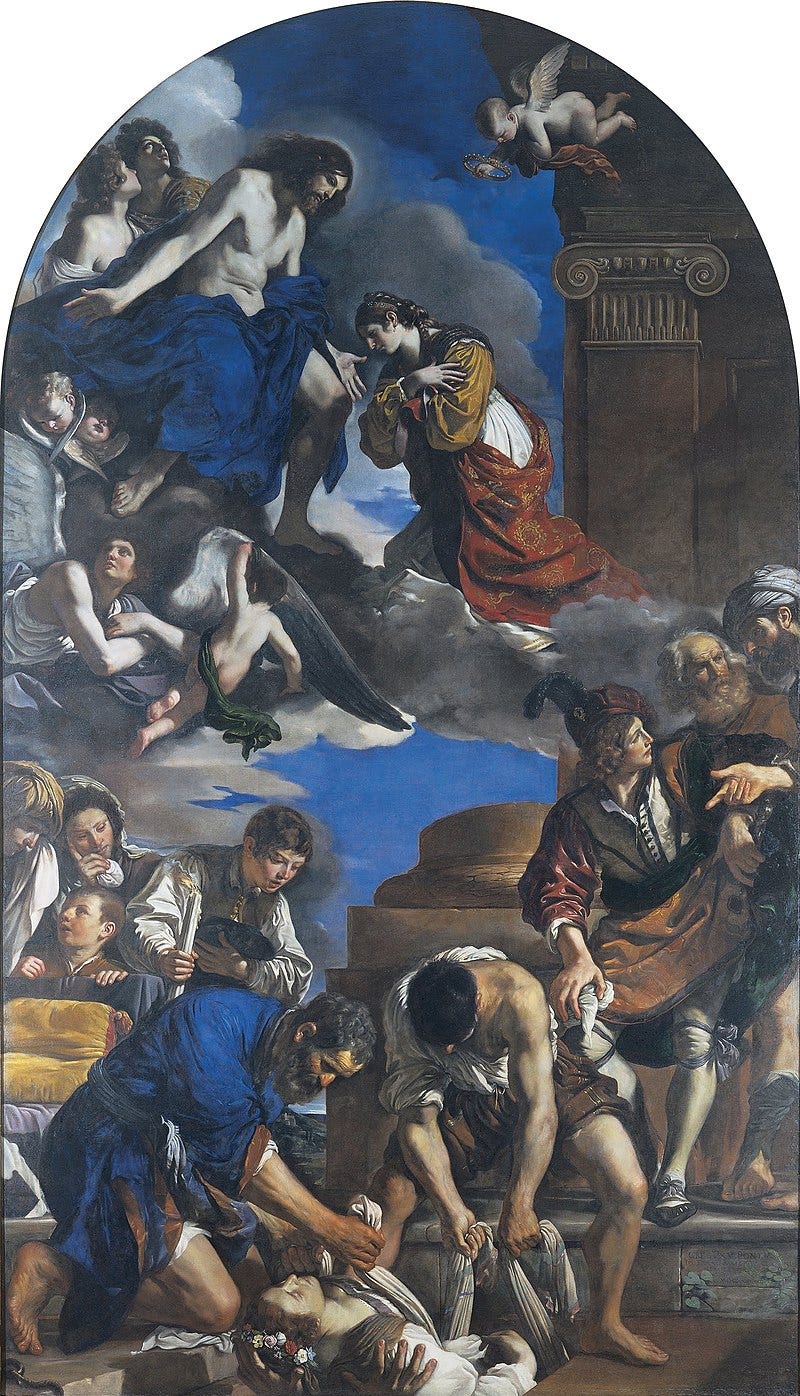
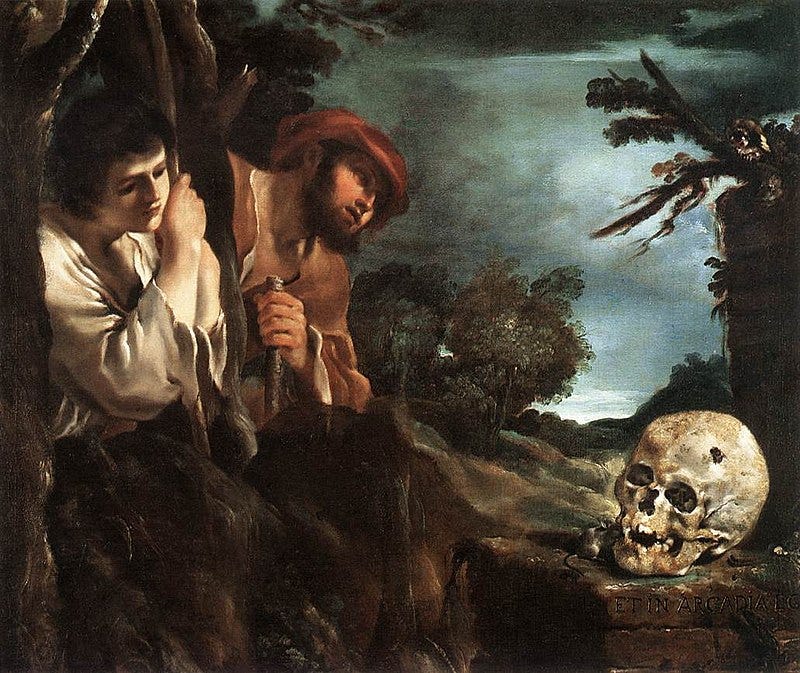
![Moonlit Landscape (c. 1616, oil on canvas, 55 × 71 cm, Nationalmuseum, Stockholm, Sweden).[36] An early, naturalistic landscape. Moonlit Landscape (c. 1616, oil on canvas, 55 × 71 cm, Nationalmuseum, Stockholm, Sweden).[36] An early, naturalistic landscape.](https://substackcdn.com/image/fetch/$s_!oqgH!,w_1456,c_limit,f_auto,q_auto:good,fl_progressive:steep/https%3A%2F%2Fsubstack-post-media.s3.amazonaws.com%2Fpublic%2Fimages%2F53e348c3-ca40-4eba-980e-606618bbcf2a_800x618.jpeg)
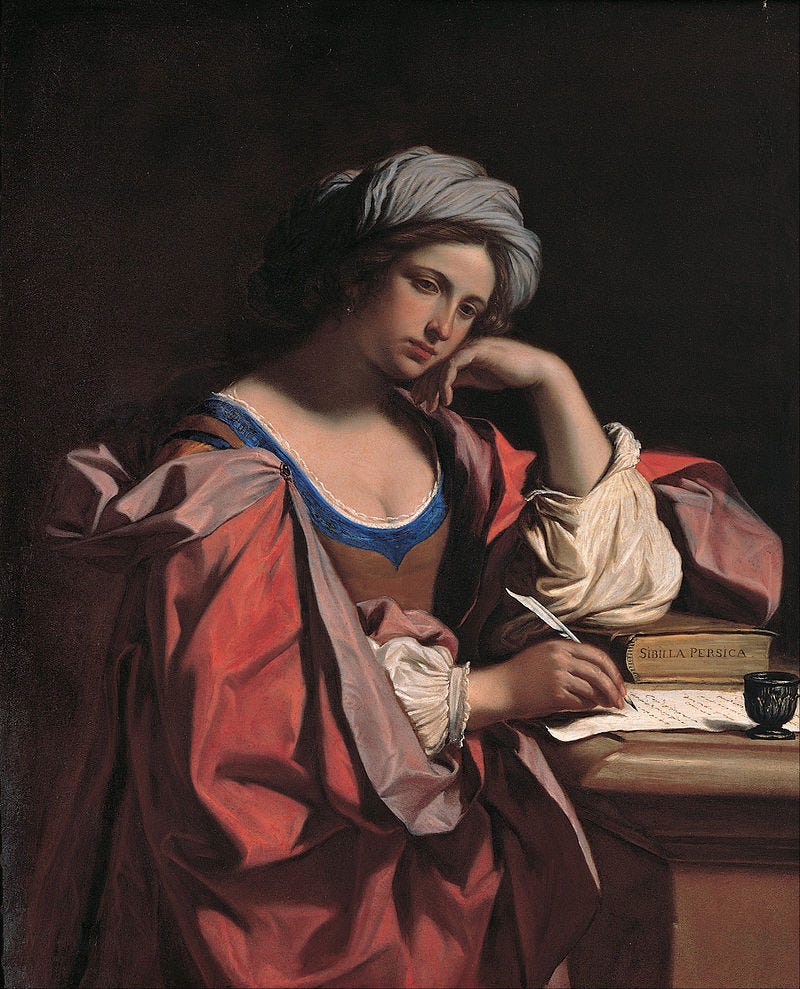
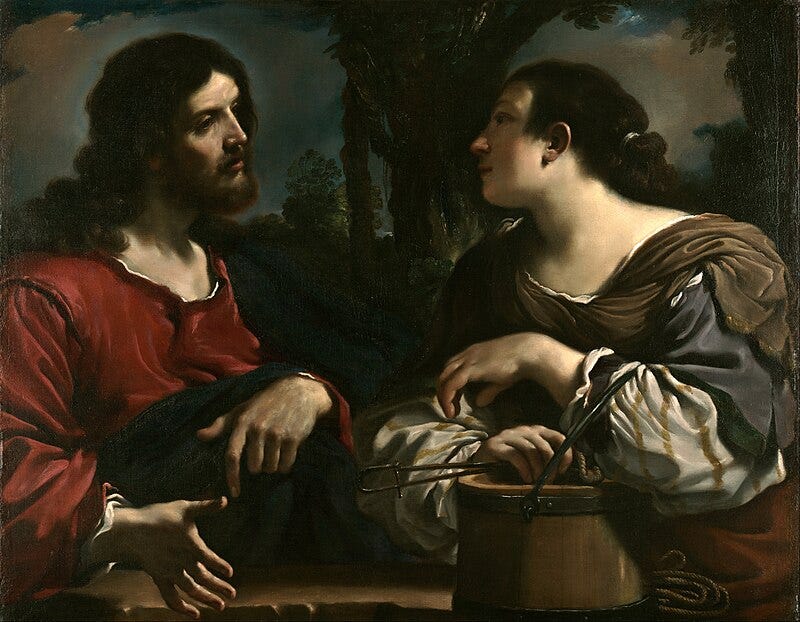
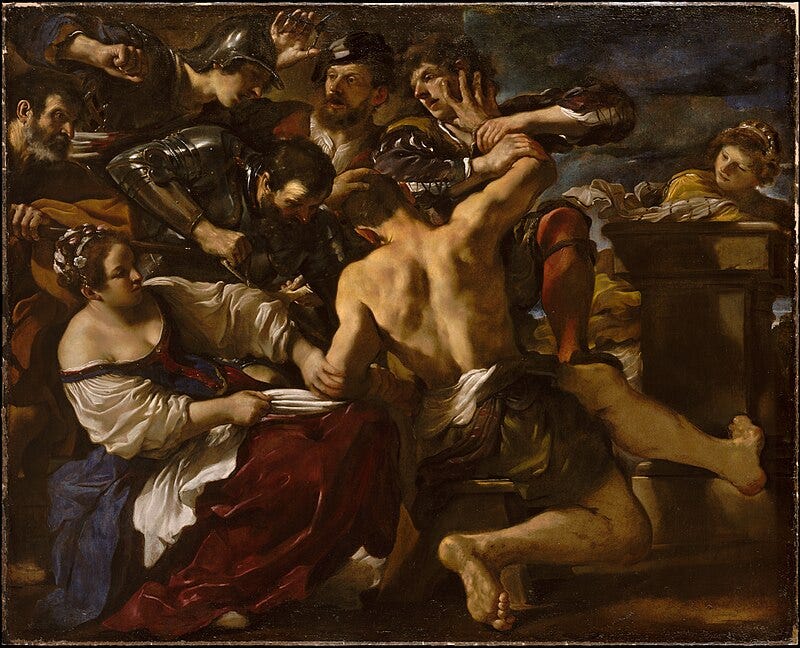
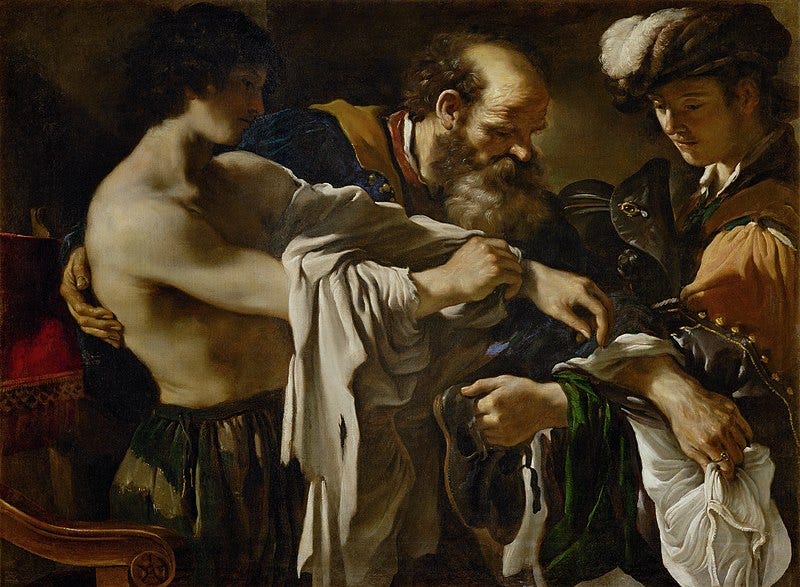
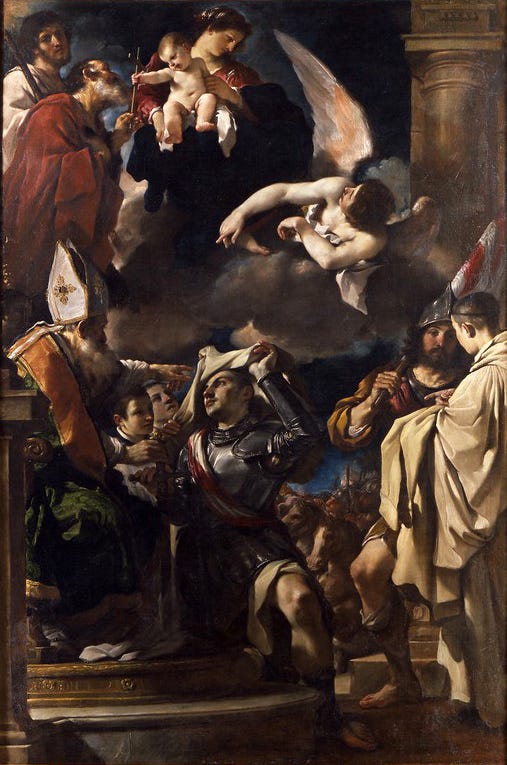
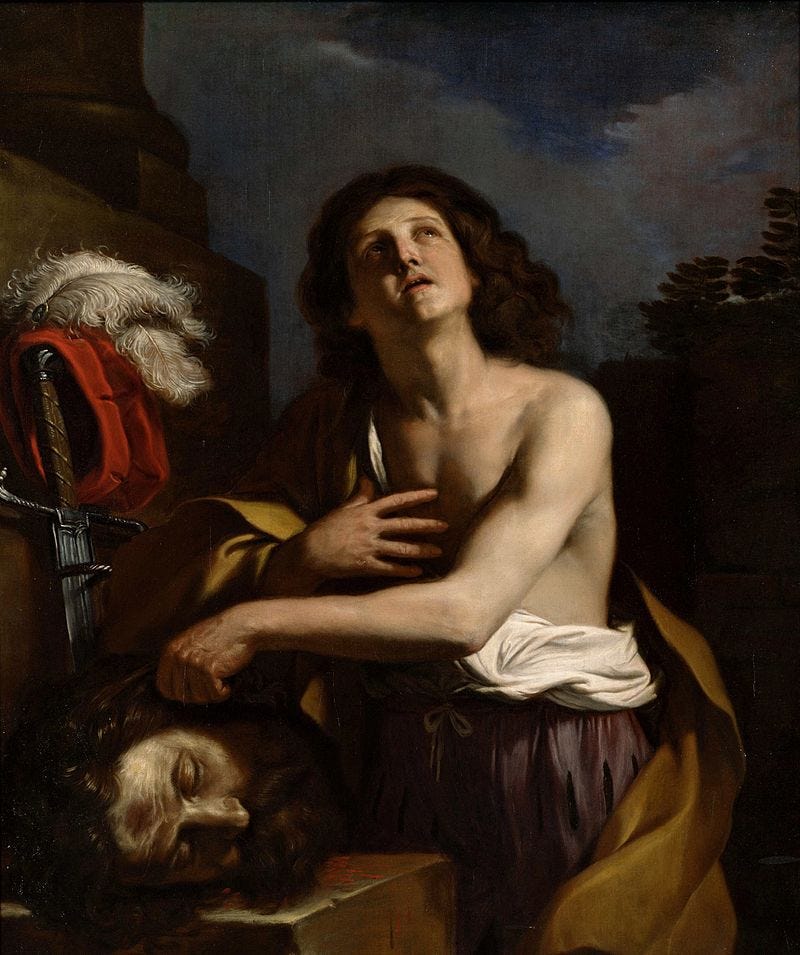
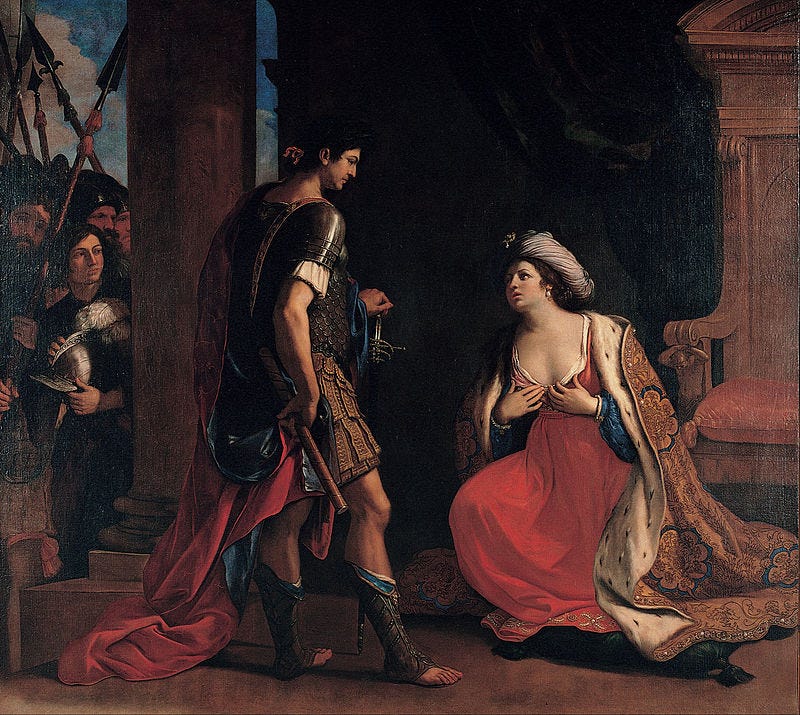


As you said, I found a new favourite artist, thank you for sharing art from barely known painters.
Funny enough I went to the MET with friends on Friday evening (been doing almost weekly MET trips since 2022) and we found that the paintings European wing had been shuffled and a few of the new additions were Guercinos. I knew the name but had never seen them in person before, and I was blown away by the sense of light and illumination on his figures. He’s definitely one of my current obsessions at the moment!